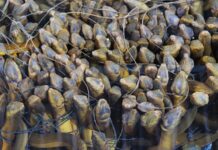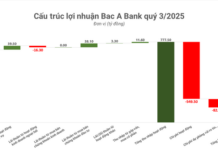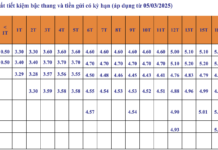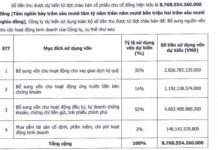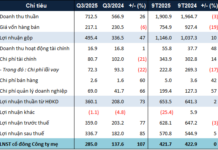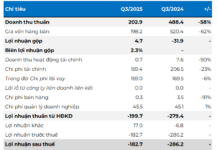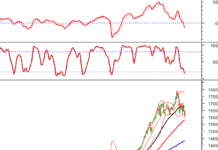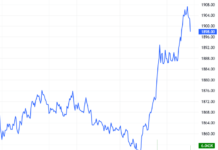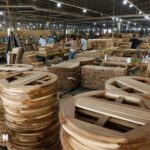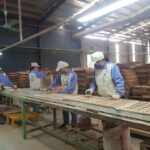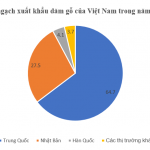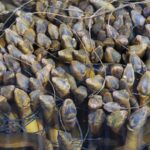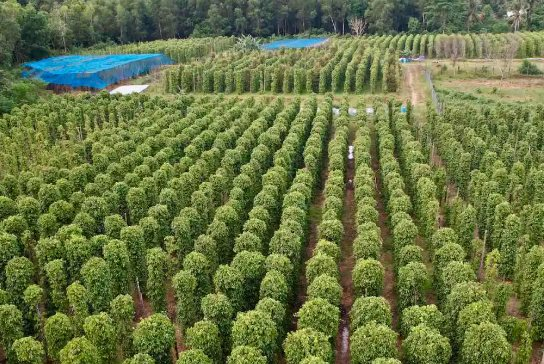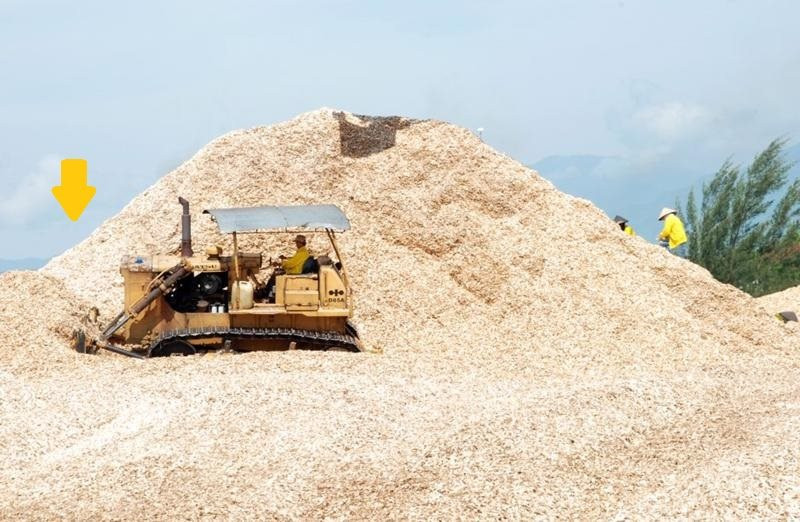
Wood chips from Vietnam are sought after by many countries worldwide.
We’re talking about wood chips and wood pellets here. According to preliminary statistics from the General Department of Customs, as of the end of August 2024, Vietnam’s exports of wood and wood products reached $10.4 billion, a 22.6% increase compared to the same period in 2023. While furniture and wooden chairs remain the main exports, businesses exporting “scrap wood” in the form of wood chips and pellets earned nearly $2 billion in the first seven months of this year.
In the first seven months of 2024, Vietnam’s wood chip exports surpassed $1.5 billion, a 28% increase compared to the same period in 2023. This makes it the third-highest export earner in the forestry industry, after wooden furniture and framed chairs. During the same period, wood pellets brought in $422.5 million in export revenue, an 11.2% increase from 2023.
Recently, at a press briefing by the Ministry of Agriculture and Rural Development (MARD) on solutions to overcome agricultural production challenges after Typhoon No. 3 (Yagi), Deputy Minister of MARD Phung Duc Tien said that the storm caused significant damage, including the destruction of large forest areas in several northern provinces.
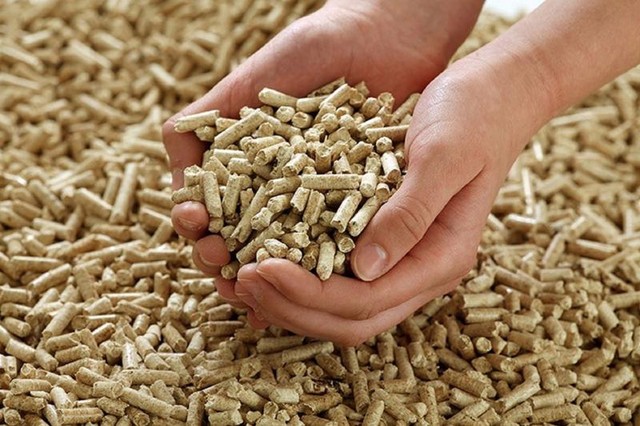
Wood pellet exports can bring in billions of dollars for Vietnam. Illustrative image.
Specifically, according to preliminary estimates, the storm damaged approximately 2,000 hectares of forests in Lang Son and 5,100 hectares in Bac Giang. Ninh Binh and Hai Phong also suffered lighter damage to their forest areas.
According to the Deputy Minister, wood chips and pellets are currently in high demand in the global market. Therefore, the forestry industry needs to guide affected localities and forest owners on assessing the situation and taking appropriate measures. In particular, for areas where damaged trees cannot be restored, immediate harvesting and replanting are recommended. For smaller trees and branches, they should be collected, chipped, and sold as wood chips or pellets to minimize losses for local people.
Trees Damaged by Storms Can Be “Recycled” Into Billion-Dollar Exports
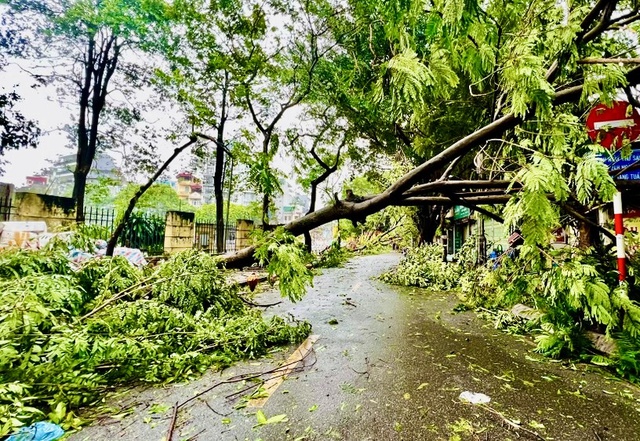
Trees damaged by Typhoon No. 3 can be utilized for wood chip and pellet production. Photo: VGP
To mitigate and reduce the damage caused by natural disasters to forest areas, the Department of Forestry under MARD has requested the Departments of Agriculture and Rural Development of the provinces in the Northern Midlands and Mountainous regions and the Red River Delta to process and exploit the damaged forests.
Accordingly, for planted forests owned by forest owners, the owners will decide on the exploitation, utilization, and harvesting. After harvesting, the owners are responsible for replanting the forests in the next suitable season, especially when the weather is favorable.
Additionally, for production forests where the state is the representative owner, or for protective forests that are planted, an assessment of the damage and an estimation of the value of the harvested forest products will be conducted. Notably, for severely damaged forest areas, where trees are completely uprooted or broken, and the remaining trees do not meet the criteria to be considered a forest (with damage exceeding 70%), complete harvesting and utilization of the trees will be carried out. The owners are then responsible for replanting the forests in the next suitable season when the weather is favorable.
For lightly damaged forest areas, if the remaining trees meet the criteria to be considered a forest, only the uprooted or broken trees will be harvested. The procedures for exploiting, utilizing, and harvesting the damaged planted forests will be implemented according to the regulations in Circular No. 26 and Circular No. 22 of the Ministry of Agriculture and Rural Development.
Last year, in 2023, Vietnam exported approximately 19.5 million tons of wood chips and pellets, earning $2.9 billion. These two products share the same raw material, which is a by-product of the forestry and wood processing industries. Vietnam’s wood chips and pellets are currently exported to dozens of countries worldwide, including China, Japan, South Korea, and the EU…
According to the General Department of Forestry, in 2023, the industry harvested approximately 19 million steers of firewood, which is the primary raw material for wood chip and pellet production. Additionally, by-products from the processing and manufacturing of wooden furniture, such as wood ends, scrap wood, wood shavings, and sawdust, are also used in the production of wood chips and pellets.
Exporting Made Easy: Navigating Orders and Pricing
Many enterprises have secured export orders through to the end of this year and even into the first quarter of 2025. However, they are facing the challenge of decreasing order values amidst rising costs.

